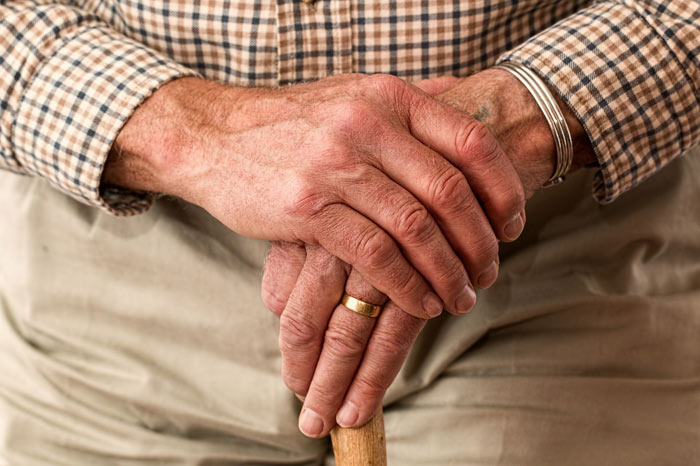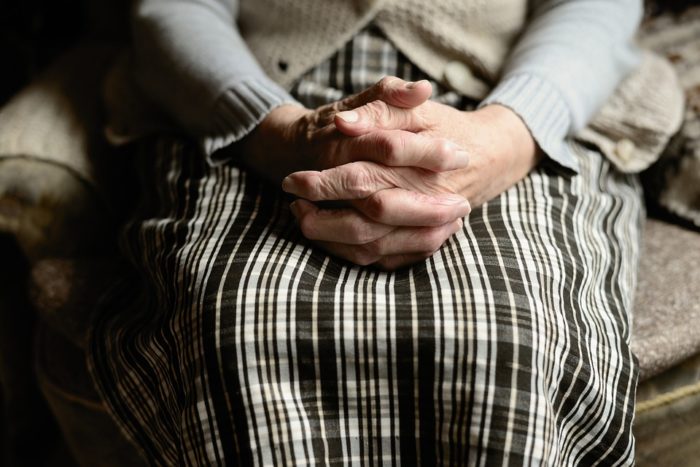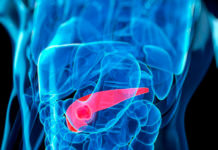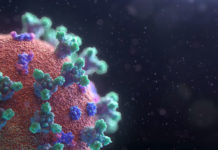According to statistics, about 10% of the world’s population suffer from a particular type of eczema. Just imagine that 30 to 40 percent of all skin diseases are connected with this ailment. Let’s try to figure out the cause of this disease and how to deal with it.
What is eczema?
Eczema is a generalized concept of a wide range of acute and chronic inflammatory skin diseases of a non-infectious nature, accompanied by itching, redness, inflammation and a rash.
The word “eczema” came from the Greek language, meaning “to boil”, and is an excellent description of one of the symptoms of this disease – rash that resembles bubbles of boiling water.
Symptoms of Eczema
Eczema is characterized by sudden exacerbations and remissions. It may suddenly and clearly reveal itself one day and completely disappear without a trace after a few weeks.
In children, eczema may appear on the face, chin, or chest. In adults, it can often be seen on the neck, elbows, the inner side of the palms and under the knees. In this case, eczema is very capricious and can occur anywhere and anytime. It does not mean that, having appeared on the elbow, it will be found only on this part of the body.
Although the typical manifestations of eczema are redness and a rash that causes burning and itching, this disease takes different forms and can manifest itself with a variety of symptoms. Here are just a few of them:
- painful redness of the skin with characteristic itching;
- bubble rash, which can “get wet” and peel;
- mild or moderate itching, which in some cases can turn into serious inflammation of the skin;
- dry, cracked, scaly, or keratinized skin;
- yellow scales on the eyebrows and scalp.
Diagnosis of eczema
When diagnosing eczema, it is important to remember that its symptoms are very individual, each person will have their own ones. You may have one symptom of this disease, or all of them taken together. The same type of eczema may have different manifestations in two different patients. The only way to know for sure if your skin problems are eczema is to make an appointment with a dermatologist.
Types of Eczema
Today, it is difficult to come up with a single classification of eczema. Its forms are usually determined depending on the location, type and nature of occurrence. There are 5 most common forms of this disease.
Atopic dermatitis
The terms eczema and atopic dermatitis are often used interchangeably, but this is not entirely true. Atopic dermatitis is a severe, chronic and often relapsing form of eczema, the development of which is most often caused by a genetic predisposition.
Atopic dermatitis is characterized by dry, cracked, scaly skin, accompanied by redness and itching. This type of eczema most often appears on the bends of the arms, legs, neck, and also in the chest area. The reasons for its appearance can be very different, from changing seasons to allergies to powder and soap. Stress and food allergies can also trigger this ailment.
Contact dermatitis
Contact dermatitis is a type of eczema that appears as a dry red rash that makes the skin slightly swollen and causes unbearable itching. As a rule, a rash occurs when the skin comes in contact with an irritant or substance, which, due to the individual characteristics of each person, can cause an allergic reaction. Either minutes or days can pass from the moment of contact with the allergen to the onset of symptoms.
The most common triggers for allergic contact dermatitis are shower gels, shampoos, soaps, detergents, cosmetics, and even jewelry. This list also includes detergents, bleaches, disinfectants, as well as various fertilizers and pesticides.
True eczema
True, or idiomatic, eczema is a classic form of the disease manifestation. It is rather difficult to establish the specific cause of its occurrence. It occurs sporadically and for no apparent reason. Most often, this eczema manifests itself in the form of small nodules of rash filled with a transparent liquid. Subsequently, they can develop into weeping erosions, get covered with crusts, scales and be accompanied by unpleasant sensations of burning and itching.
If all of these eczema symptoms occur simultaneously, doctors will diagnose true eczema. In addition, this type of eczema has a symmetrical rash. If rashes have appeared on one hand, they often appear on the other as well.
Seborrheic eczema
Seborrheic eczema tends to occur in areas of the skin that are rich in sebaceous glands. Although most often seborrheic eczema affects the scalp, it can appear in and around the ears, on the eyebrows, nose, back, between the shoulder blades and on the upper chest. This type of eczema manifests itself in the form of oily scales of yellow or white color. Despite the fact that seborrheic eczema is a chronic condition, with adequate treatment, you can have a long-term remission.
Microbial eczema
Microbial eczema is an allergic reaction of the body that occurs against the background of weakened immunity during chronic infection of the skin with bacteria, most often staphylococci or streptococci. As a rule, microbial eczema occurs in places of cuts, abrasions and long non-healing wounds and manifests itself in the form of large inflamed areas covered with scaly skin, purulent crusts or weeping erosions. Despite the fact that microbial eczema can occur on any part of the skin, even on the head, it most often appears on the arms and legs.
Causes of eczema
Contrary to a popular belief, eczema is not an infectious disease, so it is impossible to get infected.
Although the exact causes of eczema are unknown, it is believed that it can be caused by the reaction of an overly sensitive immune system to certain external stimuli, which manifests itself in the inflammatory process of the skin in the form of redness, rash and itching.
Research results also suggest that some people with eczema have a mutation in the gene responsible for creating filaggrin, a protein that helps maintain a healthy protective barrier to the epidermis. Without enough filaggrin, the skin begins to lose moisture, dry out and crack, thereby opening the gate for bacteria and viruses. Therefore, many people with eczema have very dry skin and are prone to frequent skin infections.
Most experts agree that eczema is based on a combination of internal and external causes – a hypersensitive immune system and the triggers, which may include the following factors, but are not limited to them:
- genetic predisposition;
- disorders of the endocrine system of the body;
- disorders of the gastrointestinal tract;
- an allergic reaction to pathogens of fungal and bacterial infections;
- an allergic reaction to the use of household chemicals;
- taking certain medications;
- an allergic reaction to a number of foods;
- house dust mite;
- stress;
- hypothermia, overheating and the negative effects of ultraviolet radiation.
Treatment and prevention of eczema
Since eczema is a chronic disease, it is impossible to get rid of it once and for all. The key to maintaining health lies in alleviating and preventing the symptoms.
Specific treatment methods for each patient are selected individually, based on the symptoms and type of eczema. As a rule, dermatologists recommend using moisturizers, antihistamines, and, if necessary, corticosteroids for external use, to eliminate the symptoms that have already appeared. In some cases, light therapy can be a good helper in the treatment of eczema.
To prevent eczema, one should identify and exclude triggers of external exposure that initially provoked its appearance. However, do not forget that each person has eczema in their own way, so the external processes that trigger its appearance are different for everyone. When trying to determine the trigger mechanism of eczema, it should be remembered that sometimes it appears long after external exposure, and it can be difficult to track it at times.
Therefore, in order to minimize the risk of eczema, you need to make some adjustments to your lifestyle. People prone to inflammation of the epidermis are not recommended to dry their skin, they should drink plenty of water, avoid taking the shower and the hot bath too often, and use household chemicals with caution.
To avoid the further spread of eczema, try not to itch the affected skin and limit contact with materials that may irritate it. Wear soft, breathable clothing made from natural fabrics, preferably cotton or linen. Avoid fabrics that can cause itching, such as wool and rayon.
An important step in the prevention of eczema is a healthy diet. If possible, exclude alcohol, coffee, canned goods, smoked foods, spicy foods, corn, and citrus fruits from the diet to reduce the risk of symptoms.









